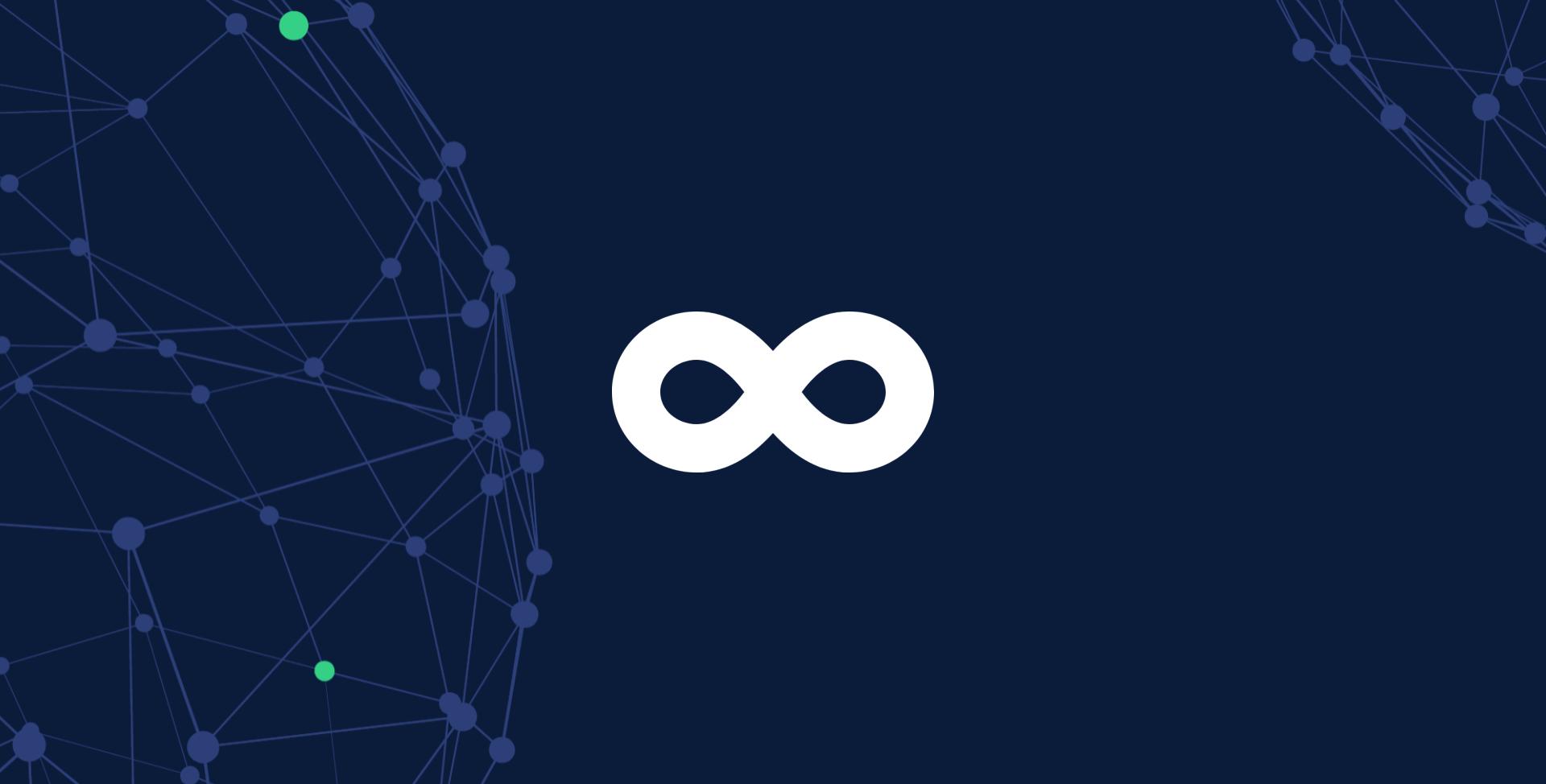Unlock the full power of load test analytics with Gatling Enterprise
Modern performance testing isn’t just about simulating traffic—it’s about understanding results, identifying trends, and making fast, confident decisions based on reliable data.
With Gatling Enterprise, reporting goes far beyond a static snapshot. You get deep, interactive insights that help your teams iterate faster, optimize infrastructure, and deliver a flawless user experience at scale.
The limits of OSS reporting for high-stakes Testing
Gatling Open Source offers solid test metrics—but when you’re running frequent tests, collaborating across teams, or scaling infrastructure across environments, the limitations start to show:
- No history of past runs or comparison tools
- No way to track trends over time or benchmark against baselines
- Limited visibility into per-scenario or infrastructure-specific issues
- No built-in collaboration tools to add comments or share results
- Manual data digging for metrics that should be obvious
As a result, performance testing becomes reactive instead of strategic. Teams lose time switching between tools, stakeholders lack context, and key decisions get delayed.
Data-Driven Load testing that scales
Enterprise-grade performance testing means more than just simulating load, it means:
- Faster debugging
By spotting regressions, slowdowns, or anomalies across multiple test runs.
- Better collaboration
By sharing results with stakeholders and adding in-line commentary for clarity.
- Smarter decision-making
With trends, KPIs, and historical context all in one place.
- More efficient infrastructure use
By detecting inefficient tests and optimizing your load generator strategy.
Ultimately, advanced reporting lets your team test smarter, fix faster, and scale confidently.
Gatling Enterprise dashboards & reports
Gatling Enterprise was built for scale, and that means giving your teams the right tools to analyze, share, and act on performance data.
Here’s what you unlock:
📊 Built-in Dashboards
- Filter, sort, and inspect metrics in real-time and post-test
- View scenario-specific data, response times, errors, and status codes
🧭 Run Trends
- Track performance over time to catch regressions early
- Spot patterns in test data across environments and teams
🗂️ Run History & Comparison
- Access your full run archive
- Compare any two tests side by side
- Use synced timeline markers to analyze identical time frames
💬 Collaboration Tools
- Add comments to test runs
- bFlag issues or hypotheses for dev/ops teams
- Keep a shared context for incident reviews
🔗 Report Sharing & Exports
- Public and private links with no login required
- Export to PDF or CSV
- Push reports to Slack or Microsoft Teams
Whether you’re running 1 test or 1,000, Gatling Enterprise ensures your results don’t live in a silo.
Curious what each metric means? Check out our full guide to making the most of Gatling’s advanced dashboards and reports.
Share this
You May Also Like
These Related Articles

What are the objectives of load testing?

What's the best solution to integrate load testing to a CI/CD pipeline?
